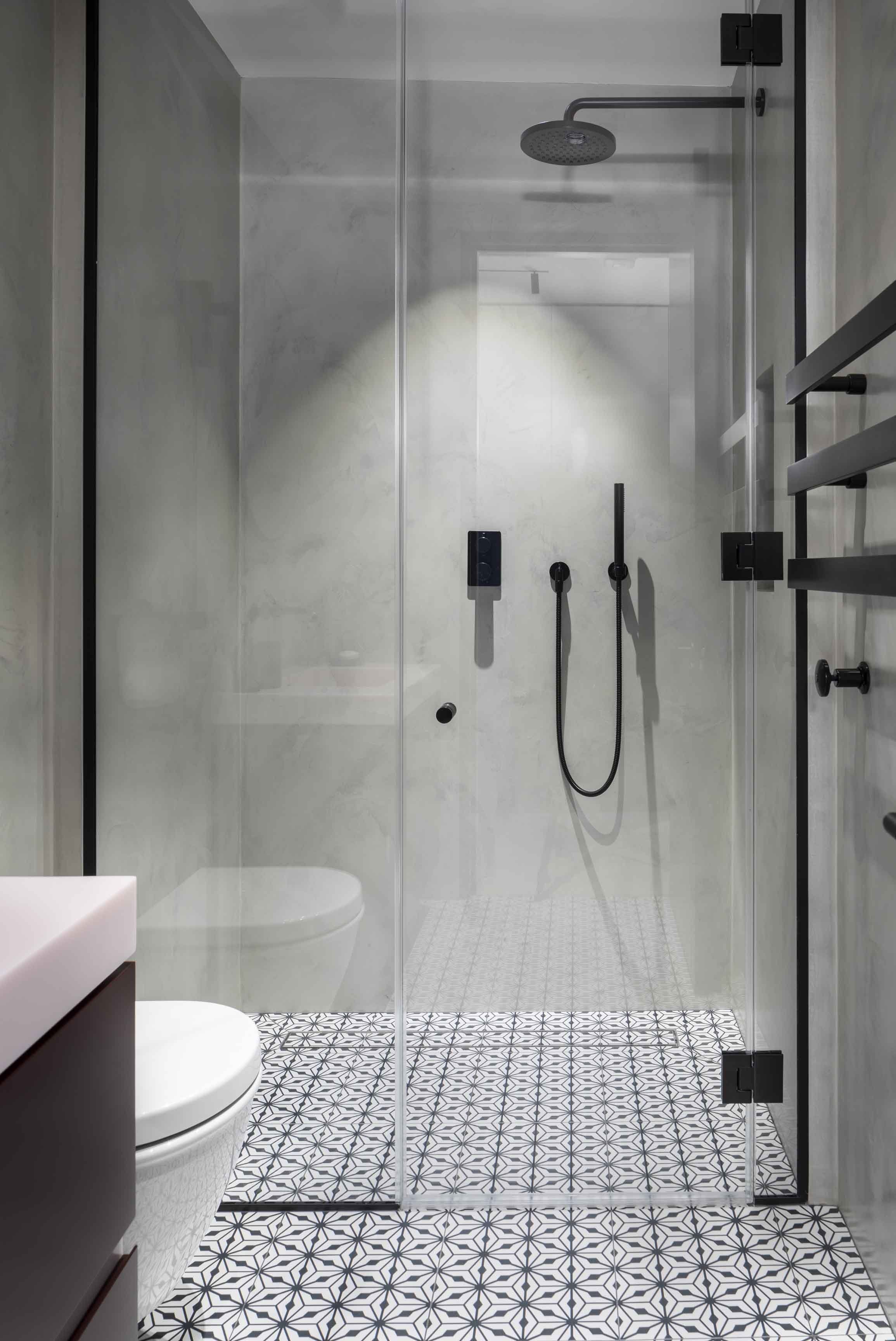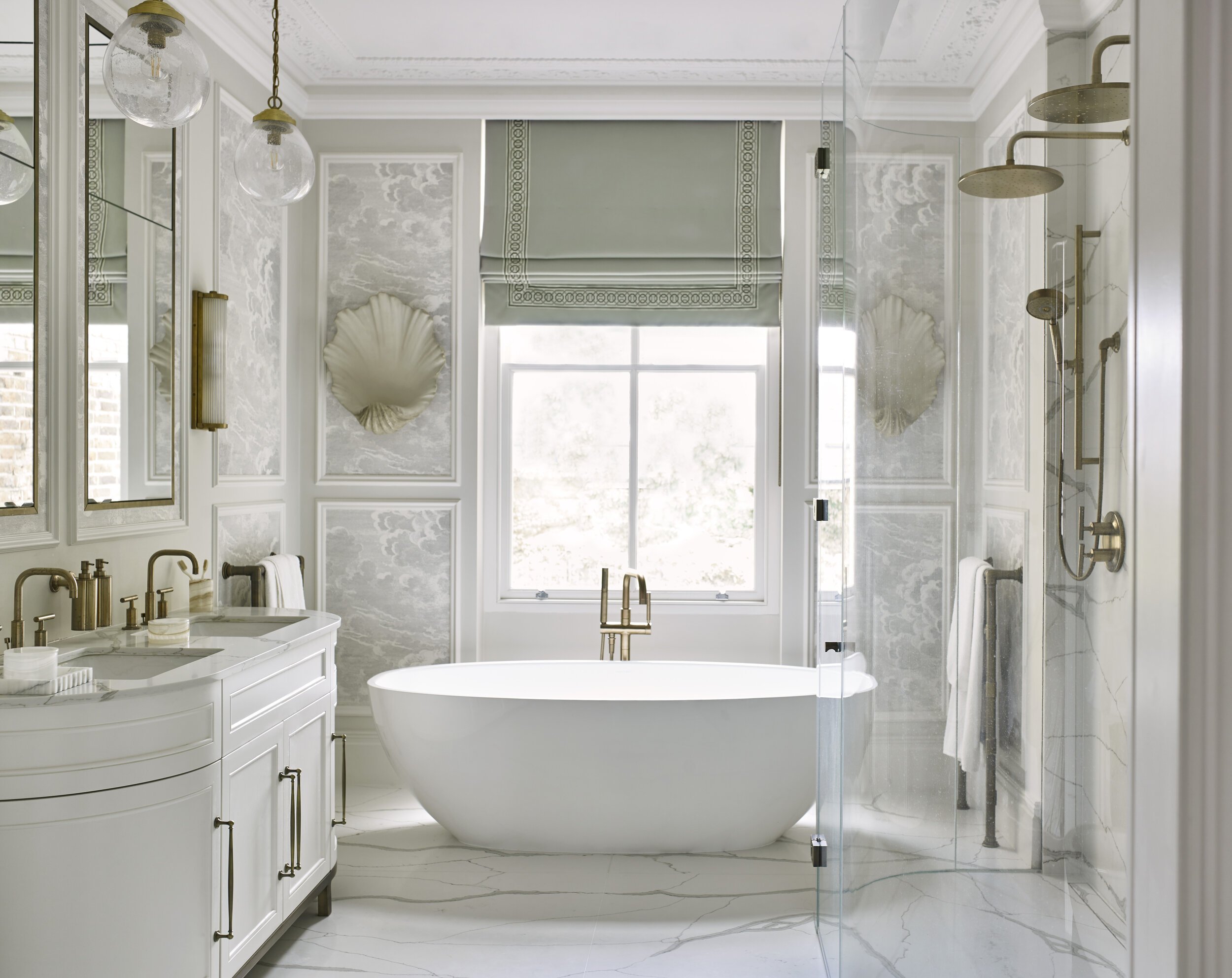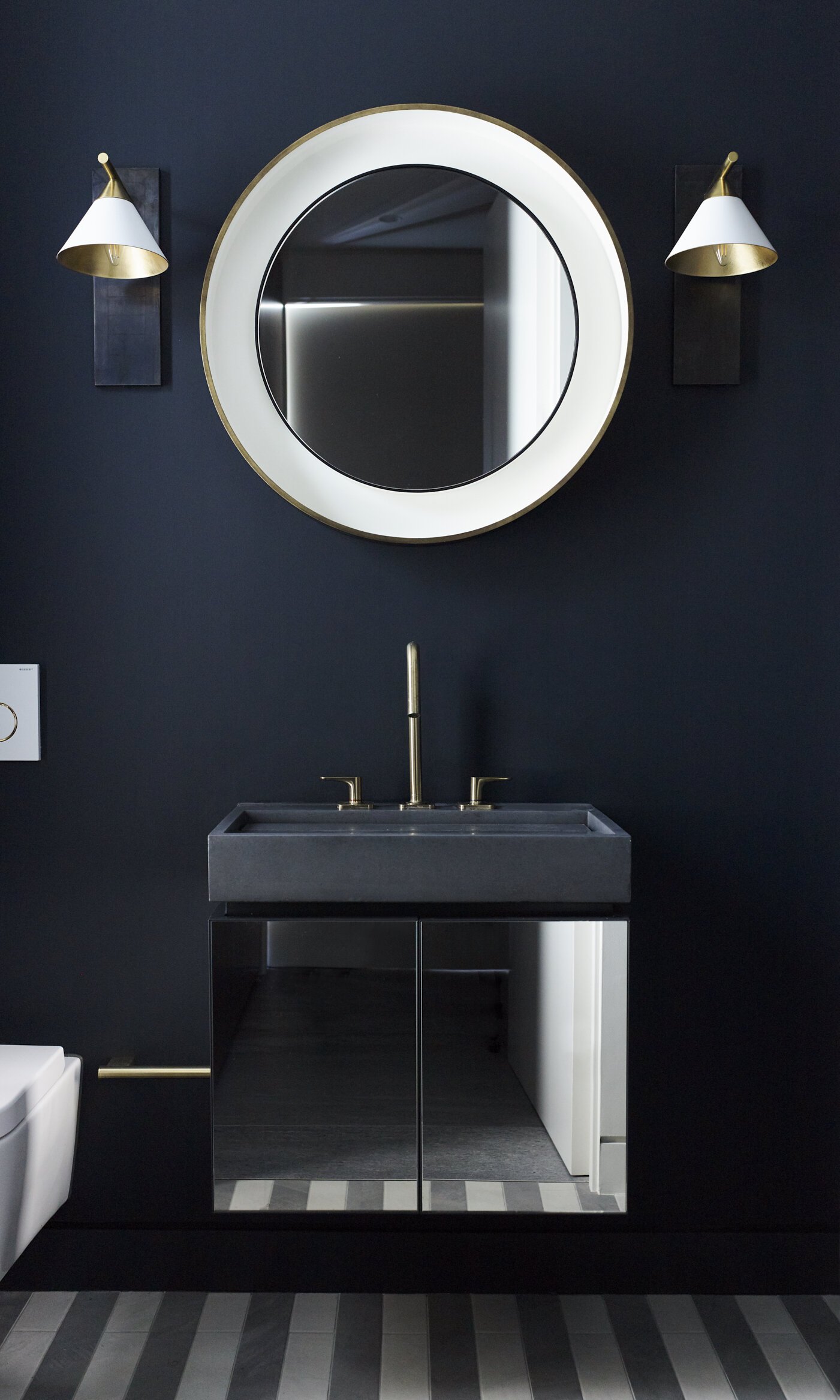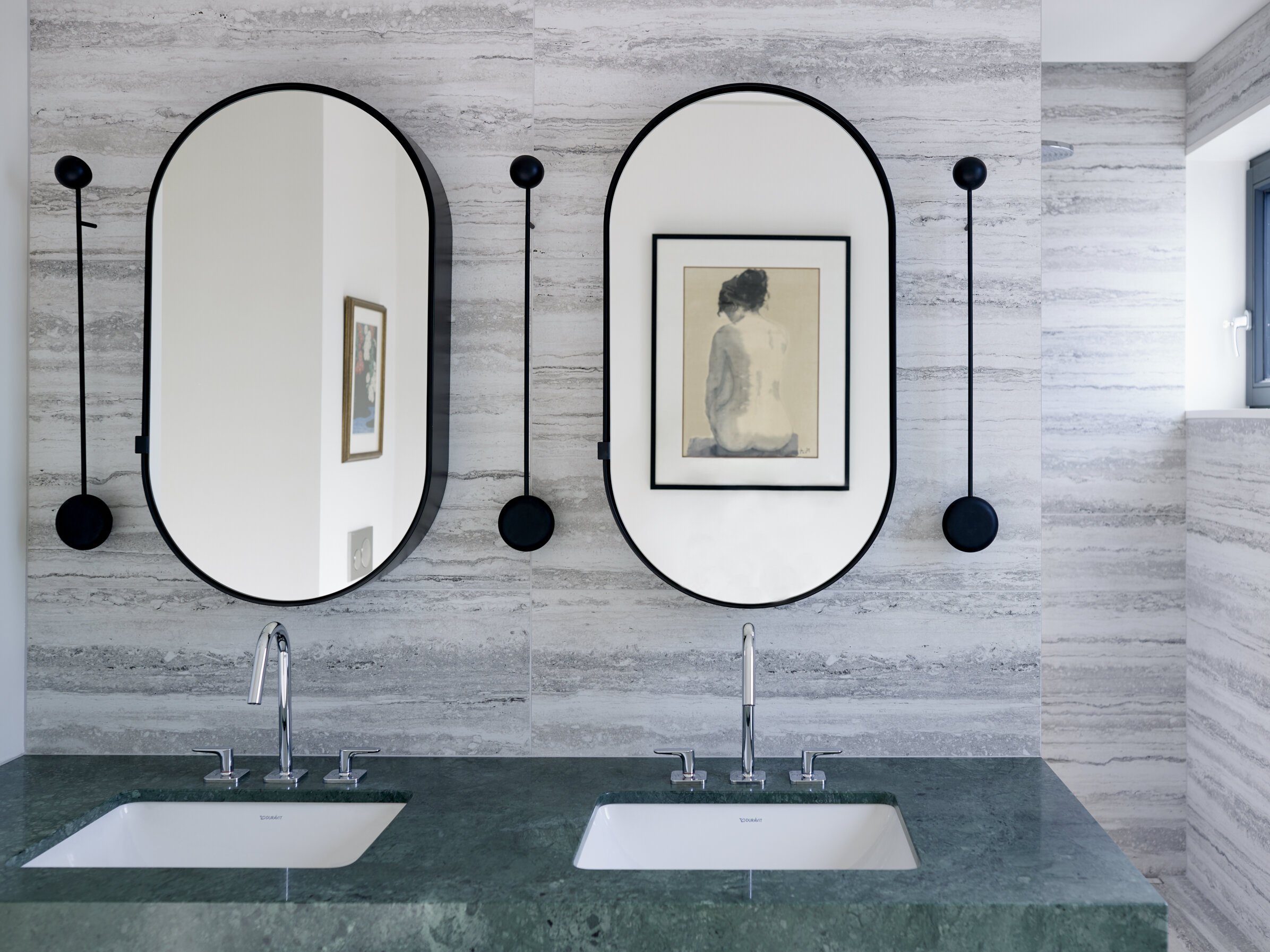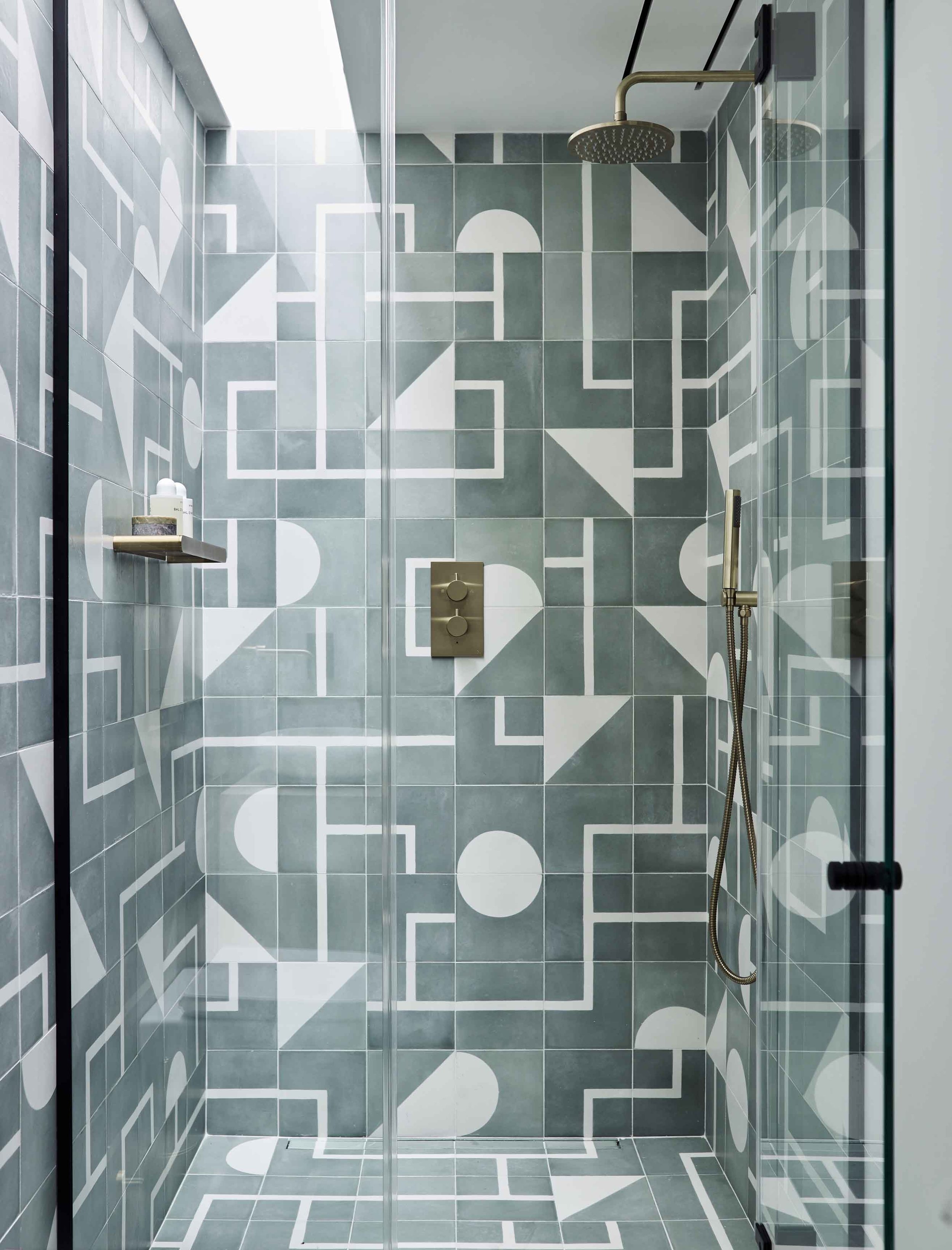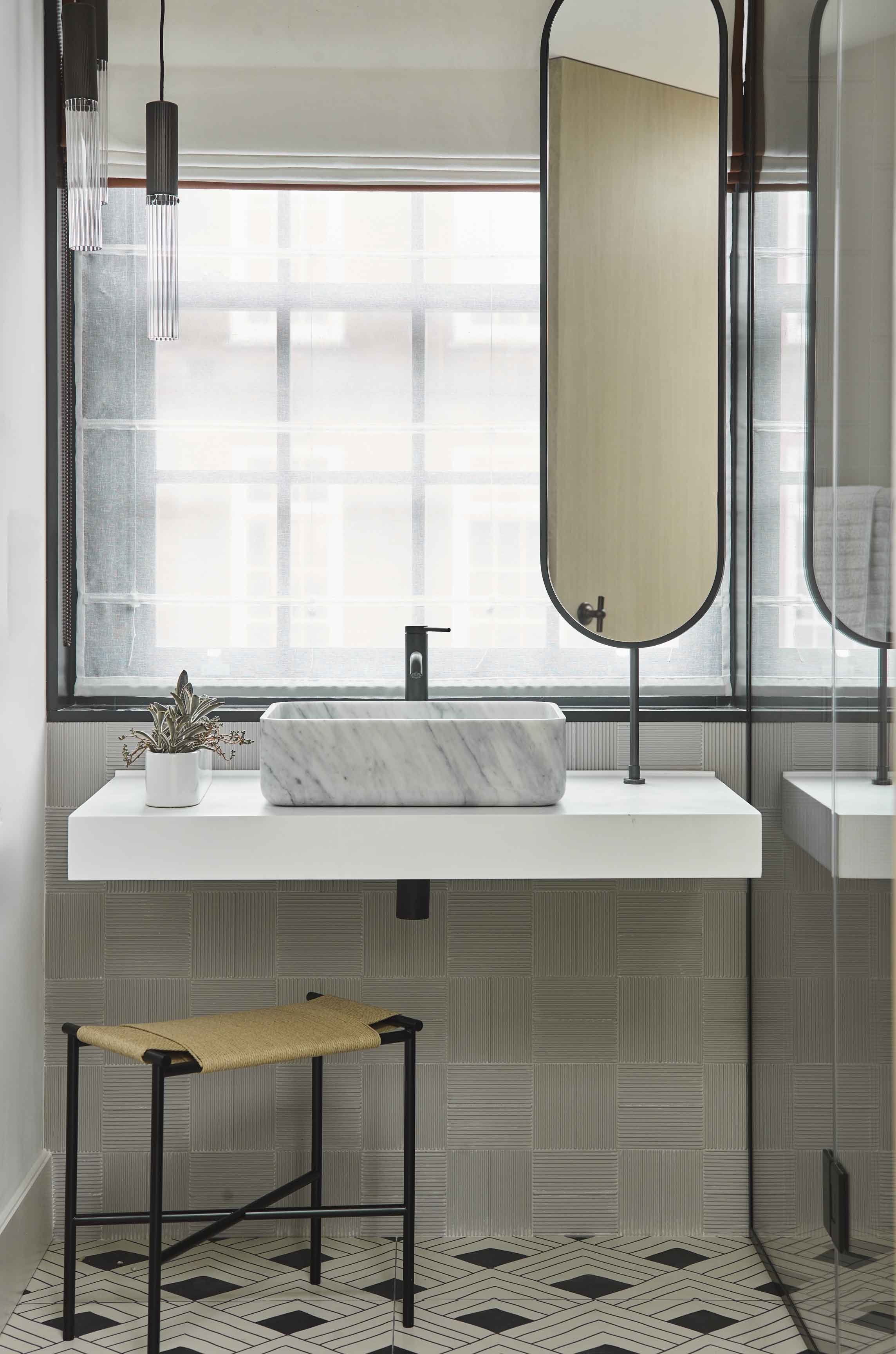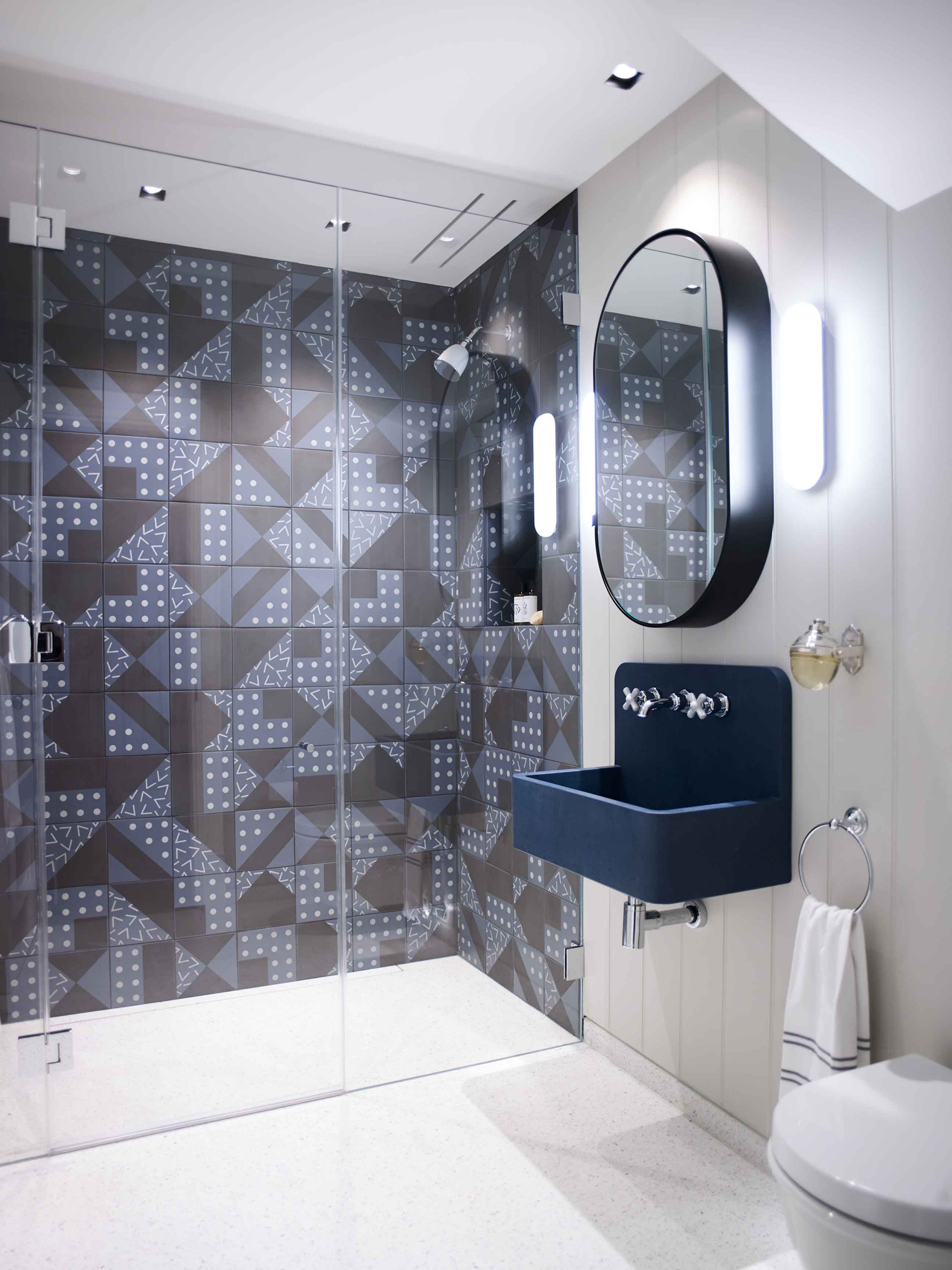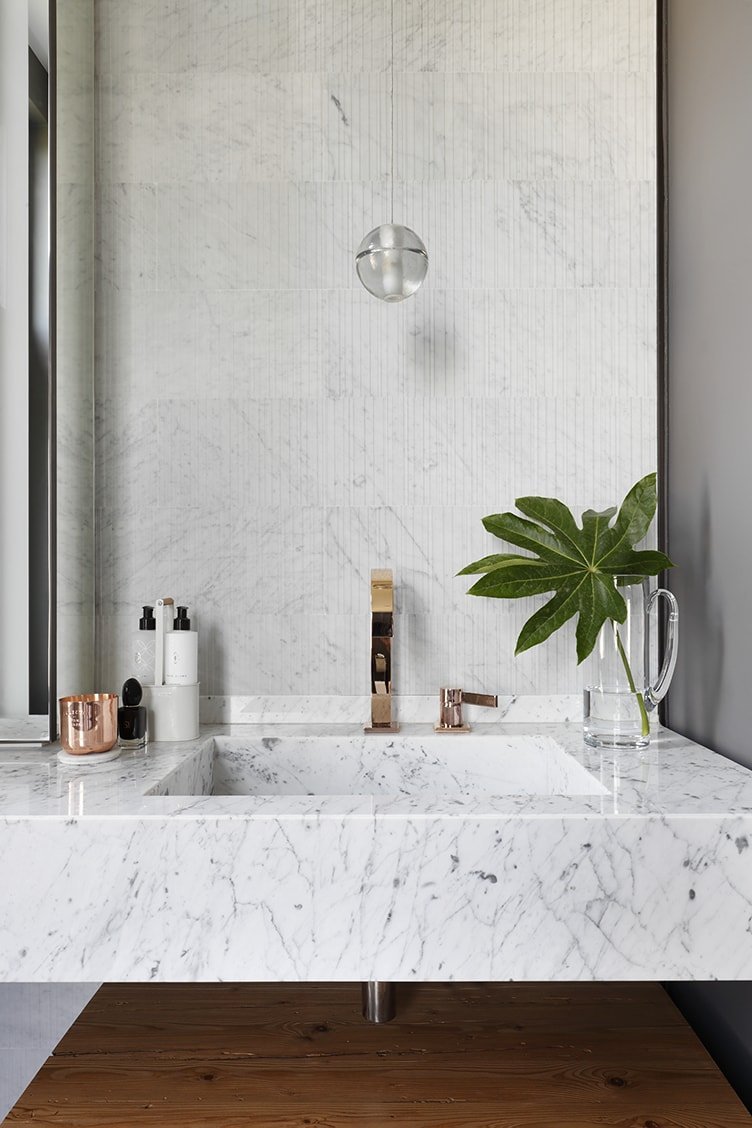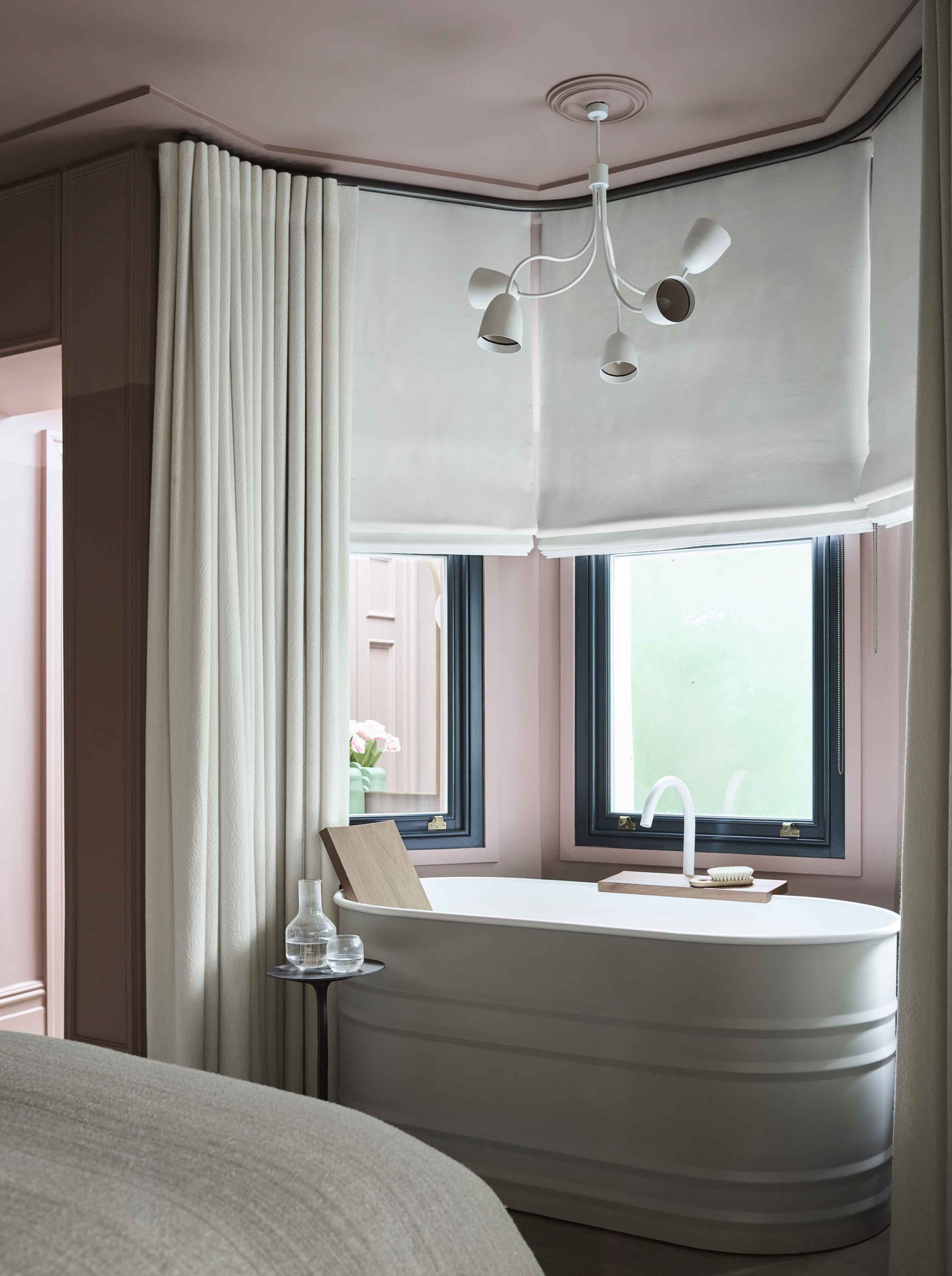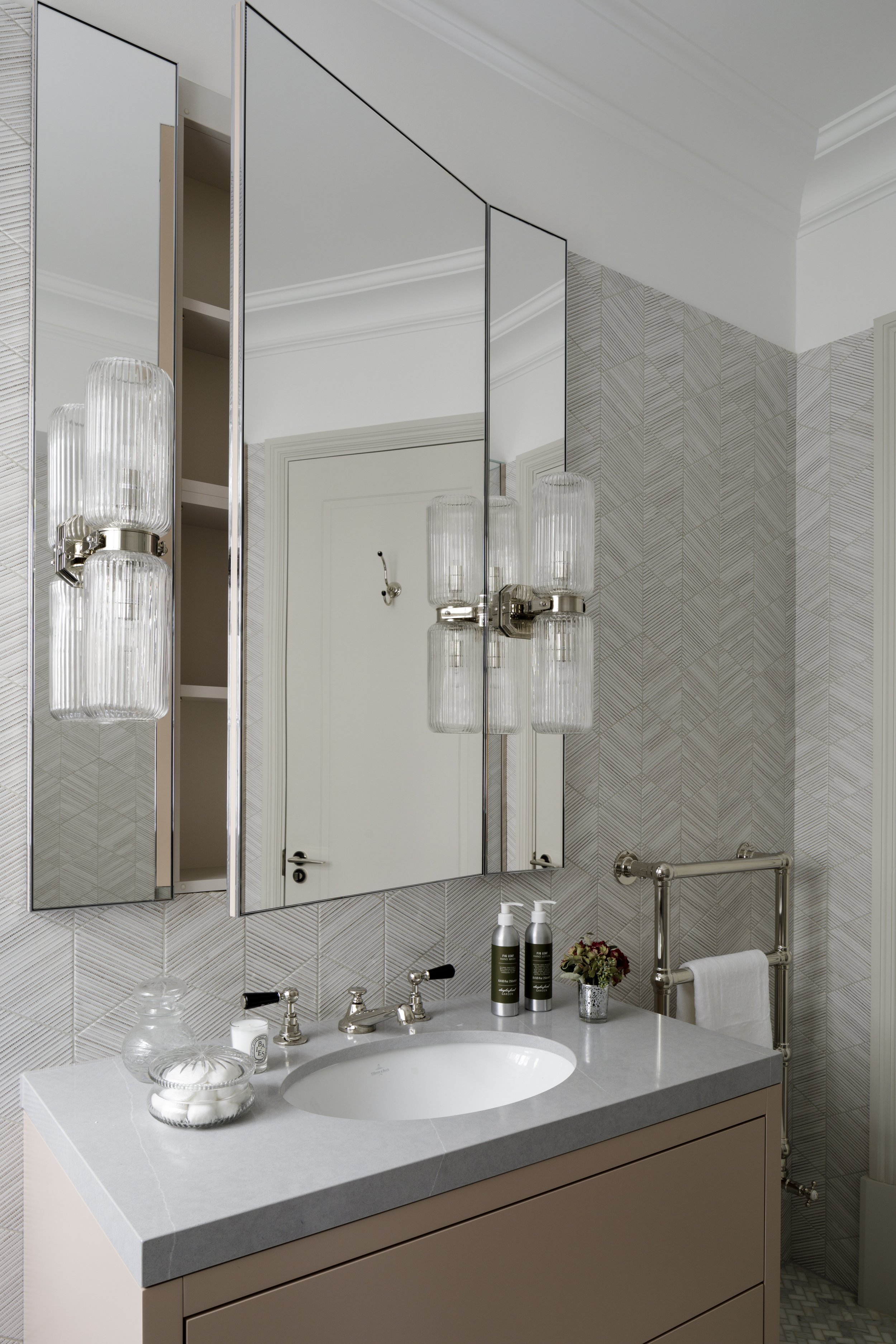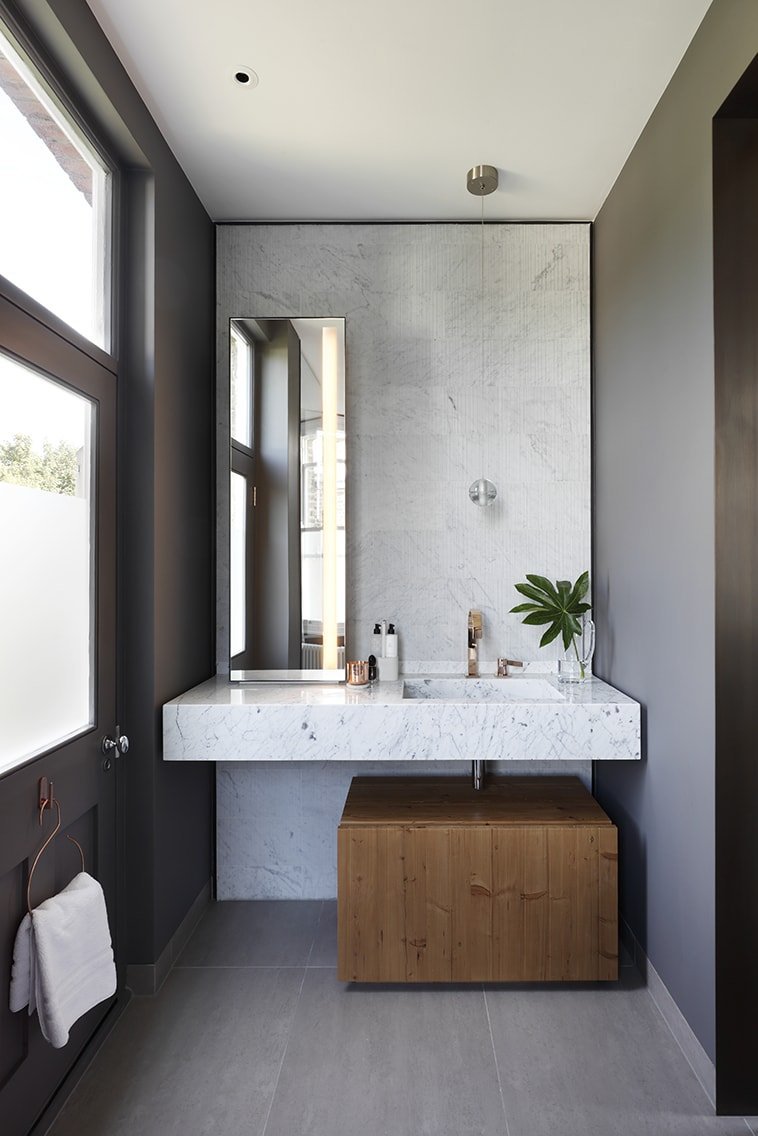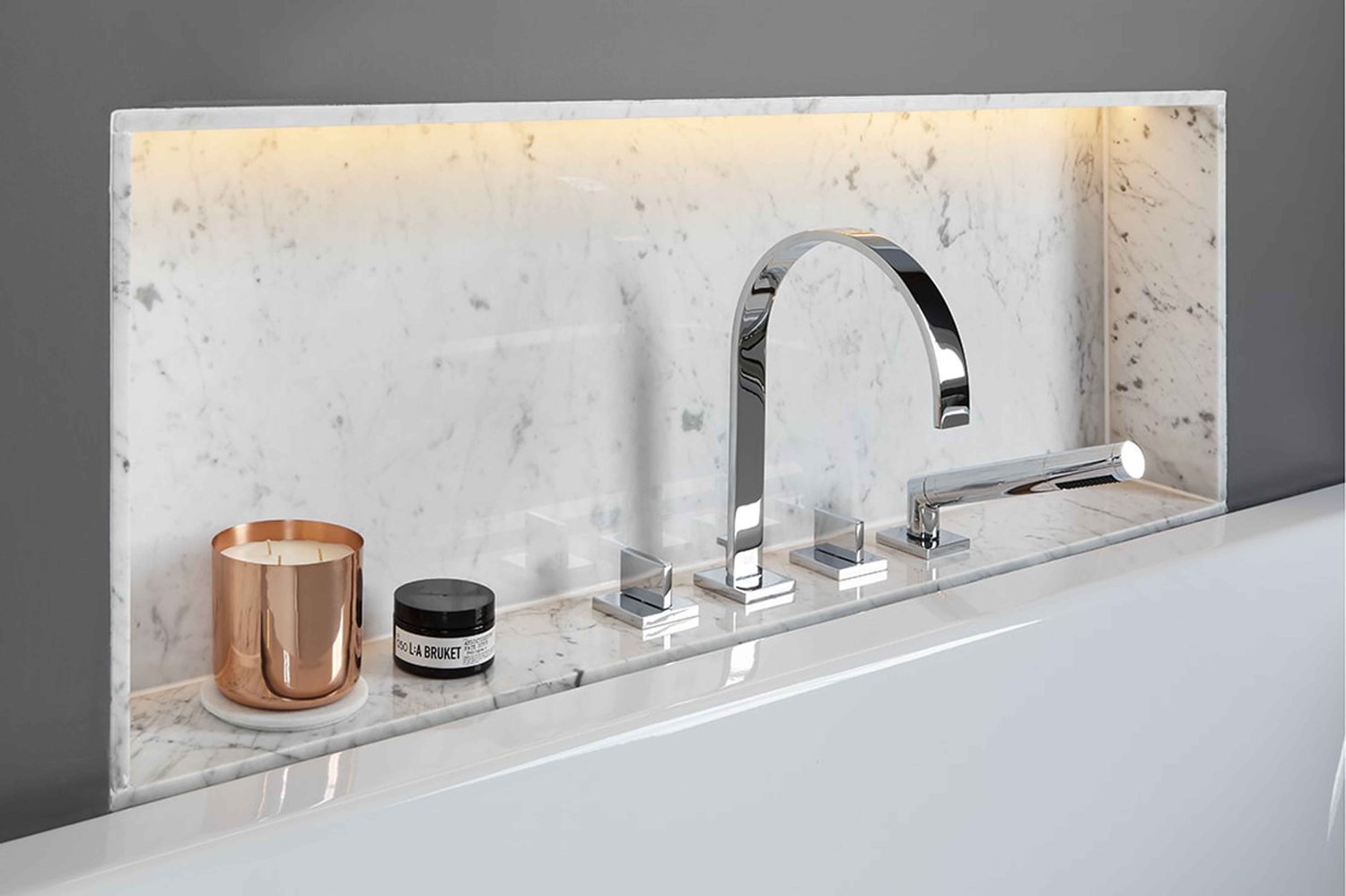A Guide to Bathroom Lighting
How we use our bathrooms varies according to our needs and the time of day. In the morning, our bathroom might be a functional space in which we spend only minutes. But by the evening, it’s transformed into a place to relax, perhaps for hours. This is the reason that bathroom lighting is so important: it means the space can perform all of the functions you need it to. Here we break down everything you need to know when planning and choosing lighting for your bathroom.
What to consider when choosing bathroom lighting
Bathrooms need multifunctional lighting. Layers of light via a variety of fittings are the answer – one central light will not do. The three main layers to consider are ambient lighting, task lighting, and accent lighting (see below for more on these).
Think about dimmer switches to alter the brightness of the lighting (and therefore the mood of the room) as desired. This flexibility will allow you to create a room suitable for everything from putting on make-up in the morning to relaxing in the bath at night.
If you’re creating a bathroom from scratch, plan the lighting and the layout at the same time. That way, you’ll have the wiring in place to ensure the lights are exactly where you want them.
First and foremost – stay safe!
There are two things to consider when it comes to bathroom lighting safety: the electrical zones within the bathroom and ingress protection (IP) ratings.
The bathroom is divided into electrical zones based on the amount of water found in each area. All bathroom lighting has an IP rating that indicates how resistant it is to water (the higher the rating, the stronger the seal). Different IP ratings are suitable for different zones.
The area inside the bath or shower is zone 0, and bulbs here must be rated at least IP67 (completely immersion proof). The downlights you can see in the shower of this Hampstead duplex penthouse, for example, meet these criteria.
Zone 1 is the area above the bath or shower (to a height of 2.25m from the floor) where fittings should be IP65.
Zone 2 covers the area stretching 0.6m outside the perimeter of the bath or shower to a height of 2.25m from the floor. Fittings here should have a rating of at least IP44.
Outside zones 0 to 2, you don’t need IP-rated lights. However, look for IP44 or higher as they’ll offer splash protection.
Ace ambient lighting
Where you have natural light in the bathroom, make sure you make the most of it. We did just this in the modern Chelsea townhouse, bringing the light into the shower via a lightwell in the guest bedroom en suite [below] and placing the vanity unit in front of a window in the shower room [below right].
Alongside (or instead of) natural light is ambient lighting: it’s the combination of downlights, wall lights, and pendants that ensure the room is well-lit. To achieve the right mix, think about where lighting is needed most. In a shower, for example, a series of downlights set along the back wall like in the Belgravia Mews project will wash light down the tiles or marble, highlighting its beauty while reducing the glare of the lights [below right].
Other key areas to light are the basin and the WC: just make sure the lights are not positioned directly overhead as this will cast unflattering shadows. Instead, align them with the front of the vanity. If your vanity is small, one light will possibly do. If you have a double vanity, I suggest two lights, as we have in the master bathroom of this contemporary Maida Vale apartment.
In spaces with ceilings over three metres, we sometimes specify a decorative pendant or chandelier to create a fabulous focal point. This look worked beautifully in the master bedroom of this Notting Hill apartment and it can also be an advantage in a bathroom with a very high ceiling, as it will give the illusion of lowering the height and make the space feel less cavernous [below right]. Just remember that if you’re adding a pendant to your bathroom, check with your electrician or lighting designer that your chosen light fitting is safe for this purpose.
Time to add task lighting
Good lighting above the basin or around a mirror is essential for tasks such as shaving and applying make-up. To prevent shadows and ensure the face is evenly lit, we like to place pendants or wall lights on either side of the mirror. To give a more classic look, mount lights with decorative shades on the mirror, as we did in the bathroom of this Marylebone penthouse [below left].
If your bathroom is too modern or small for wall lights, a back-lit mirror works well. We did this in a master bathroom in Maida Vale then boosted light levels with a central pendant that illuminates the basin area [below right]. Or, if you have a mirror cabinet, don’t forget sensor lighting that turns on when you open the cabinet door so it’s easy to see what’s inside.
Add accent lighting
Accent lighting can be used to highlight particular areas of the bathroom. For example, you might downlight wall niches to make a feature of them and to create a spa-like vibe. Alternatively, you could add atmosphere by adding lighting under your wall-hung vanity – this will make it look as though it’s floating. Low-level lights at the skirting level are another idea, as they will wash light across the floor and highlight your fabulous tiles. If installed with a sensor, they will also provide soft illumination for middle-of-the-night visits.
Another option is to use strip LED lighting along shelves or within cupboards and drawers to help you locate items stored there easily. It’ll also add another accent to the room.
A final thought: the types of surface finish you choose – honed, textured, or high shine – can have a big impact on how you light your bathroom. This is where the skill and experience of an interior designer come into play!
Control your bathroom lighting
Planning how you are going to control your bathroom lights is just as important as knowing where you want to locate them and the effect you want them to produce. We advise having different lighting circuits so you can control ambient, task, and accent lighting separately.



